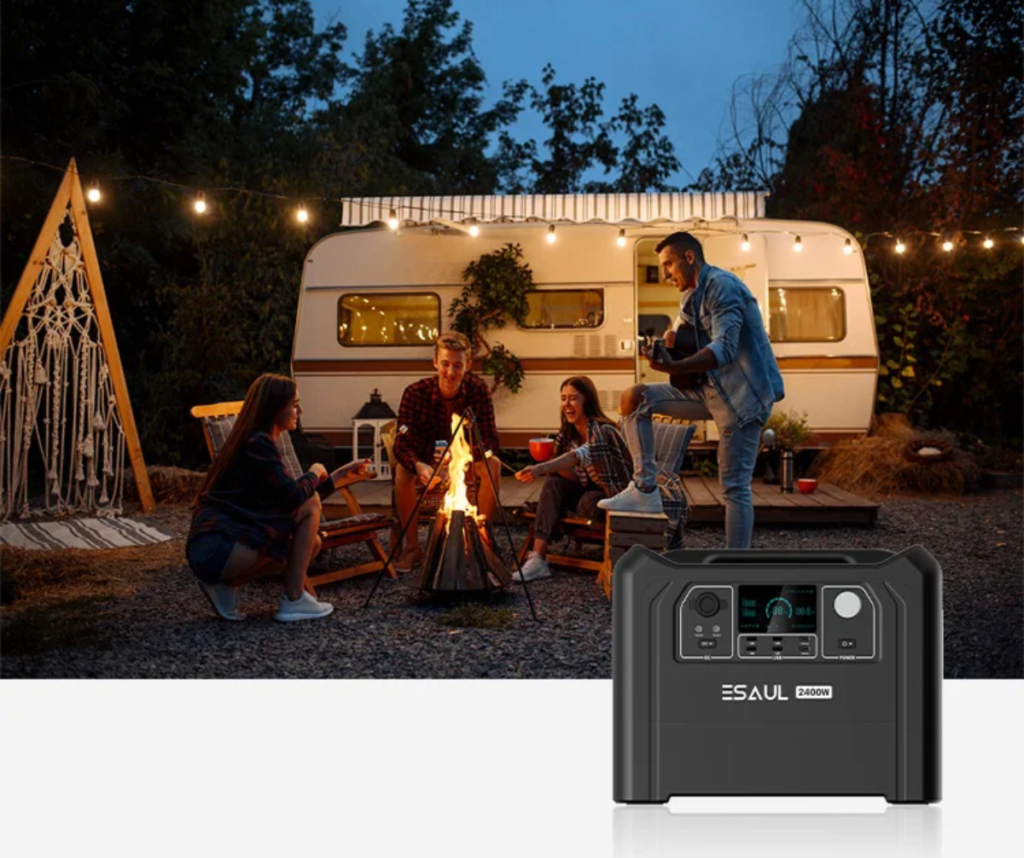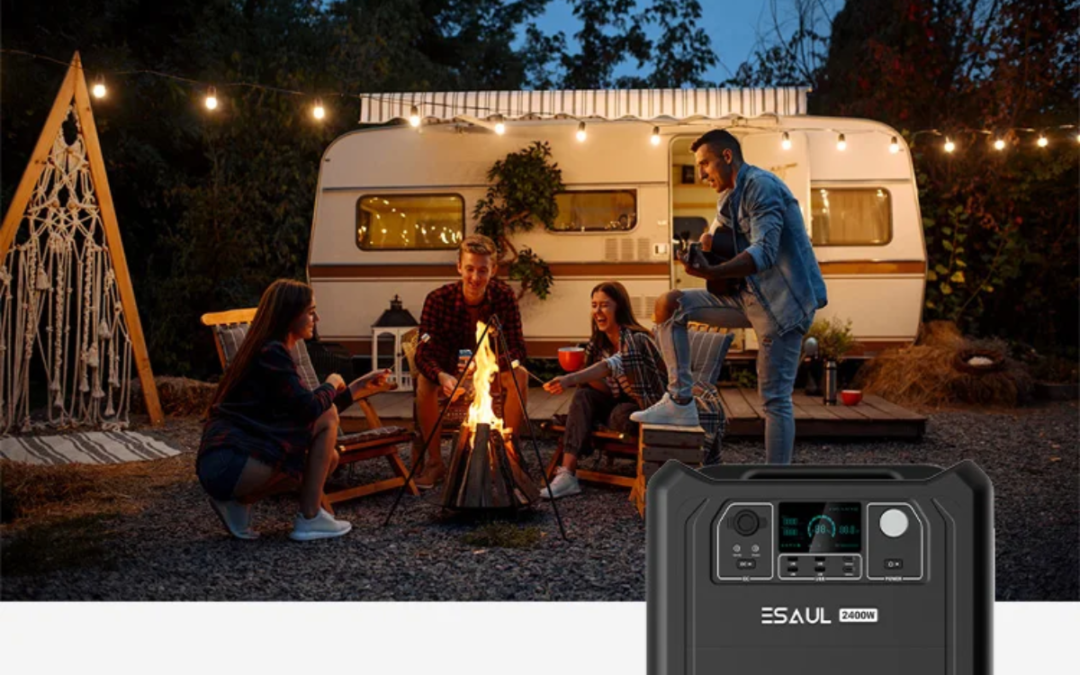Introduction:
Camping has evolved beyond just sleeping bags and tents, and modern campers often rely on electronic devices to enhance their outdoor experience. Whether it’s charging your smartphone, powering a portable fridge, or running essential camping gadgets, a portable power station is a must-have. In this guide, we’ll walk you through the key factors to consider when choosing the perfect portable power station for your camping adventures.
Capacity Matters:
One of the first things to consider is the capacity of the portable power station. Calculate the total wattage of the devices you plan to power during your camping trip. Choose a power station with a capacity that exceeds this total to ensure you have enough power to last the entire trip without recharging.
Portability and Weight:
Since you’re camping, portability is crucial. Look for a power station that is lightweight and compact, making it easy to transport to your campsite. Consider the dimensions and weight, as you’ll likely be carrying it alongside other camping gear.
Battery Type:
Portable power stations come with different types of batteries, such as lithium-ion, lead-acid, or lithium-polymer. Lithium-ion batteries are popular for their lightweight design and high energy density. They are also more efficient and have a longer lifespan compared to other types.
Power Output and Outlets:
Check the power station’s output options. Different devices may require AC outlets, DC outlets, or USB ports. Ensure the power station has a variety of outlets to accommodate your devices. Also, pay attention to the maximum output capacity, as some devices may have higher power requirements.
Charging Options:
Consider how the portable power station can be recharged. Some models can be charged via a standard electrical outlet, while others offer solar charging options. Having multiple ways to recharge ensures you’re not left without power during extended camping trips.
Inverter Quality:
If you plan to power sensitive electronics like laptops or cameras, pay attention to the inverter quality. A pure sine wave inverter provides a clean and stable power output, making it safer for delicate electronics.
Run Time and Recharge Time:
Evaluate the power station’s run time on a single charge and the time it takes to recharge. This information is crucial for planning your camping activities and ensuring you have a reliable power source throughout your trip.
Durability and Weather Resistance:
Since camping involves exposure to the elements, choose a power station that is durable and weather-resistant. Look for features like a robust outer casing and ports with protective covers to shield against dust and water.
Summary

Selecting the right portable power station can significantly enhance your camping experience by providing a reliable and convenient power source. Consider your specific needs, the devices you’ll be using, and the duration of your camping trips when making your decision. With the right portable power station, you’ll have the freedom to enjoy the great outdoors without sacrificing the convenience of modern technology. Happy camping!
